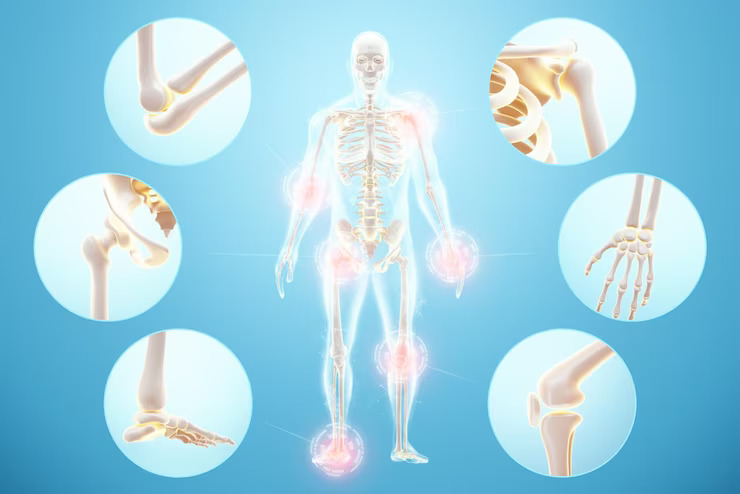
Meniscus Repair Surgery
Generally speaking, the doctor will always attempt to preserve the meniscal tissues to stop the progression of osteoarthritis, especially if an ACL repair is being done simultaneously to stop the graft from deteriorating over time. He has discovered that using several inside-out sutures not only allows the meniscus to be placed back in its anatomic position, but also adds extra stability to the meniscus, allowing for the implementation of early range of motion.
In the event of an irreparable tear, Doctor `will work to retain as much meniscal tissue as he can while trimming and contouring the area to reduce the likelihood that it will continue to tear over time.
All patients who have meniscal tissue removed must be instructed to return for an evaluation if they experience any pain or swelling issues. This is due to the fact that discomfort and swelling during activity are early indicators of osteoarthritis. It’s crucial to conduct a thorough evaluation to determine whether the patient has post-meniscectomy arthritis that has advanced to the point where it may be essential to utilize an unloader brace, have osteotomy surgery, or have a meniscus transplant to stop future advancement.
Conditions Treated
- Promoting healthful behaviors for general wellbeing
- Early identification using vital bone density measurements
- Using medication, vitamins, and physical activity to maintain bone health
Emergency?
24 Hour Ready
Call Us for Emergency
+91-9828501360
Book an Appointment
Seamless Fitness Care Access: Booking an Appointment with Your
Trusted Doctor
Meniscus Repair Surgery FAQ's
The meniscus is a C-shaped cartilage in the knee joint that acts as a cushion and stabilizer between the thigh bone (femur) and shin bone (tibia). Meniscus repair surgery is typically recommended when you have a torn meniscus that causes significant pain, swelling, and impaired knee function. Not all meniscus tears require surgery, and the decision depends on the type, size, and location of the tear, as well as your activity level and overall health.
Not all meniscus tears can be repaired. Generally, longitudinal tears, radial tears, and certain types of horizontal tears have a better chance of being repaired, especially if they are located in the outer, vascularized zone of the meniscus.
Recovery varies depending on the type of surgery and the individual. Generally, patients can start weight-bearing and walking soon after surgery, but it may take several weeks to months to return to full activity. Physical therapy is often an essential part of the recovery process to regain strength and mobility.